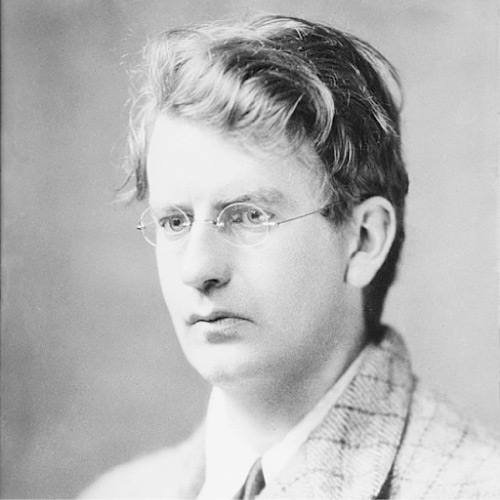
John Logie Baird
John Logie Baird is widely credited as being the first person in the world to demonstrate a working television.
Born and educated in Helensburgh (Larchfield School), Baird enrolled at the Glasgow and West of Scotland Technical College to study engineering. This course combined both formal tuition and placements as an apprentice in various firms and was validated by Glasgow University. However, the outbreak of the 1st World War was to interrupt his studies and he never graduated.
In 1915, soon after the outbreak of the Great War, Baird volunteered for military service but was rejected on medical grounds (he was to suffer from poor health throughout his life). Instead he took employment with the Clyde Valley Electrical Power Company manufacturing munitions. However, Baird was both innovator and entrepreneur and he soon left to apply his interests and ideas to the creation of new products including heated socks for use in the trenches and the transmission of moving images in what we now know as television.
While Baird was not the first person to invent and build an apparatus capable of transmitting an image he is widely credited as being the first to actually send a television signal and pioneer this new technology. But, unlike many inventors, he was keenly aware of the commercial potential of his innovation and in 1925 demonstrated this publicly in Selfridge’s department store in London.

Successive improvements in technology followed quickly to the point that by 1928 he was able to demonstrate the first transmission in colour as well as opening the Baird Television Development Company Ltd. that “made the first transatlantic television transmission from London to Hartsdale, New York, and the first television programme for the BBC” (Wikipedia).
Baird’s original television transmitter involved mechanical moving parts and an analogue image which lacked the sophistication of an electronic system developed by Marconi and put into production by EMI-Marconi in 1936. This was adopted by the BBC in favour of the Baird version. Baird was to continue with his experiments and develop a fully electronic system himself. While successful, in retrospect he probably lacked the financial resources of his competitors who enjoyed greater commercial success.
He died of a stroke in 1946 and is buried in Helensburgh.

